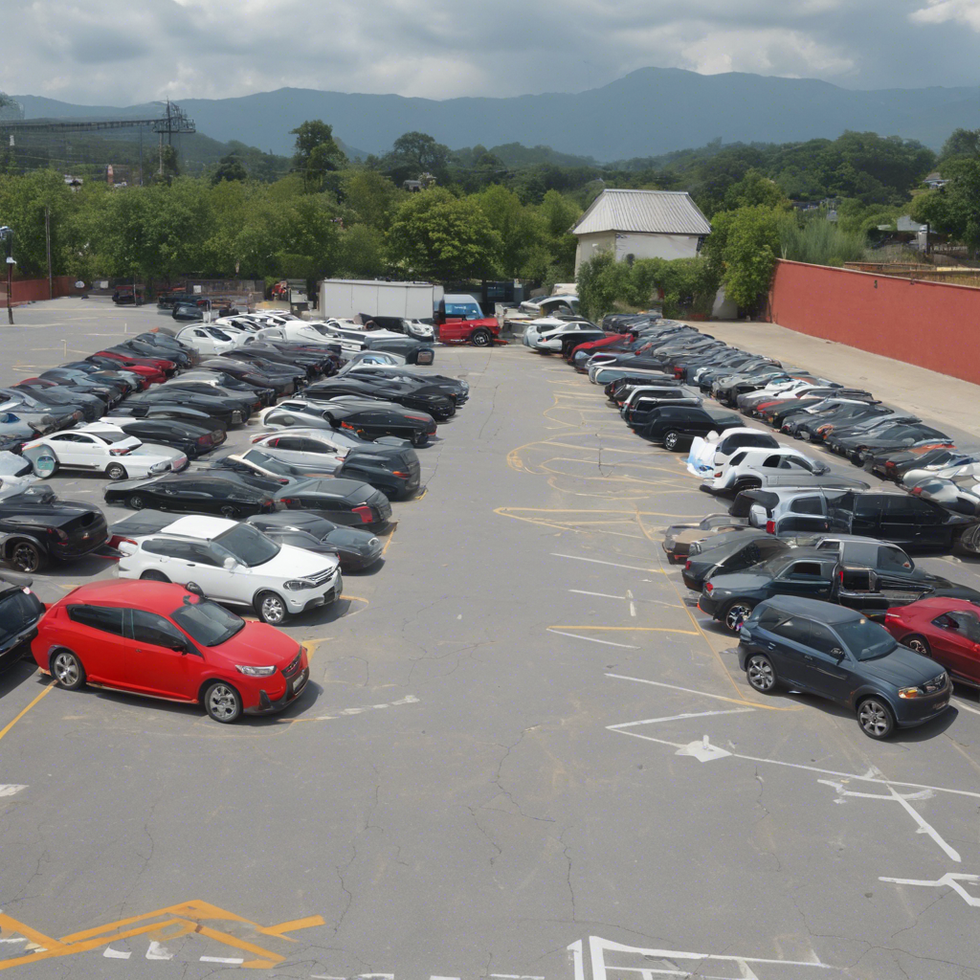It's no secret that Hollywood loves a sequel. And based on box office performance, watchers love them too, most of the time. If it's a superhero sequel, or the next chapter of an action movie, it's pretty much guaranteed to be a success. But other sequels don't always have the same good fortune. Everything could come together: the cast could return, the writers could make a good script for the second installment, and yet the loyal fanbase just doesn't bite.
So, is there any formula for a super popular sequel? Maybe not a formula, but there is one thing that has to be done. One sure fire way to avoid a guaranteed flop: strike while the iron is hot. By that I mean that sequels need to be made in a timely matter. The worst death sentence for a sequel is leaving too much time between the release of the original film, and the release of the sequel.
Simply put, the faster the sequel is released, the better. Most sequels now are released two or three years after the original. And usually, this method works out well. The movie is fresh in people's minds, and their interest in a sequel is the biggest it will ever be. Plus, when dedicated fans want to see a sequel, they'll vow to see it no matter the production value. That means that no matter how similar a sequel is to its predecessor, no matter how good the script is, no matter what characters return, movie fans will put faith in the sequel and go see it anyway. And while it may not be what the fans envisioned, it's exactly what the movie-makers want.
Now let's look at the flip side of this theory: why timing makes or breaks a sequel. Let's think back to our favorite movie sequels: Terminator 2, The Godfather Part II, even Back to the Future II, were all released within a few years of their predecessor. Now, take a look at sequels that came out years after their predecessors. Some current examples include Independence Day: Resurgence, Dumb and Dumber 2, Zoolander 2, and My Big Fat Greek Wedding 2. All had loyal fanbases that were excited for these stories to continue. And yet, all received negative reviews, all became box office flops. Also, all were released more than ten years after their predecessors.
With the exception of cult favorites like Star Wars and Jurassic Park, most franchises that leave large gaps between the release of their original films and sequels are doomed from the start. Critics can be wary of sequels from the get-go, but the more time that passes before a follow up's release, the worse the film is likely to perform. So as movie fans, let's cling to our favorite movies. But if years and years pass by, it's best to let go of any hopes of a sequel.



 StableDiffusion
StableDiffusion
 full parking
StableDiffusion
full parking
StableDiffusion


 Photo by
Photo by 
 Photo by
Photo by  Photo by
Photo by 









